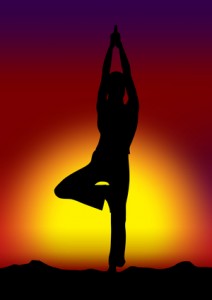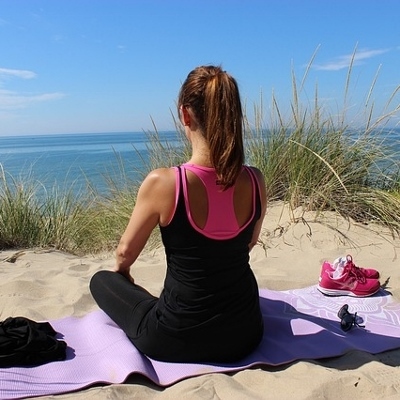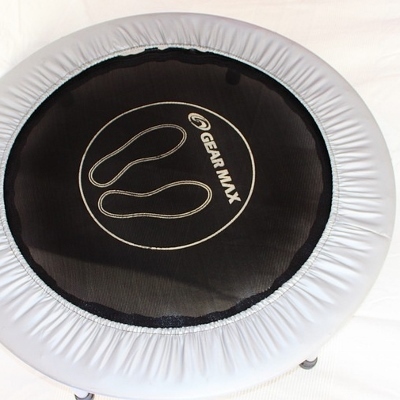 You made it to class early enough to find your spot on the right side of the room. You have just finished an amazing flow with your favorite yoga teacher. As class is winding down and you come into bridge pose, from out of nowhere tears fill your eyes and begin rolling down your cheeks. You weren’t even feeling sad today, so what is going on?
You made it to class early enough to find your spot on the right side of the room. You have just finished an amazing flow with your favorite yoga teacher. As class is winding down and you come into bridge pose, from out of nowhere tears fill your eyes and begin rolling down your cheeks. You weren’t even feeling sad today, so what is going on?
Emotional reactions in yoga are very common. Anger, sadness, joy, and many other emotions can surface when we come to our mats. When we commit to the yogic path through the physical practice of asana (postures), we are doing much more than just stretching our muscles.
In the West, we are just beginning to recognize what Eastern medicine has known for hundreds of years. The mind and the body are inseparable. When we move our bodies in flexion, extension, twisting, and binding, and combine those movements with deep, focused breath, we are bound to wring things out. In addition to moving breath and prana (life force energy) around, we are moving food through our digestive system, compressing and massaging organs, and releasing stored energy or emotions that may have been stuck. This release is good and necessary.
In addition to the physical benefits of yoga, we are practicing body awareness. In the quiet time on your mat, you can become more aware of the message your body is trying to send you. When your life, your day-to-day habits and incorrect posture begin to build up and create problems, it’s body awareness that allows you to fix a potential injury before it occurs. And all of this listening to your body can lead to hearing some things you may have been stuffing down for quite some time. “I don’t have time for an injury, or a broken heart,” may be the subconscious thought. And so you press on. And then suddenly, in a rare moment of awareness and quiet, your body speaks. In the form of tears, anger, or bliss. You may experience a change in your breathing, a knot in your belly or tightness in the chest. So what do you do?
Just listen. Practice the art of being sad and noticing that you are sad. Being elated and noticing that you are elated. Being really mad, and just noticing your anger, ike a passive observer. No judgement, no need to react, just let your body speak.
Often these experiences are the beginning of something big for us. An opportunity to dig a little deeper, to get to know ourselves a little better. They provide a chance for us to see that the happiness and peace we have been seeking outside of us, has been here all along.
Ask your yoga teacher if you have any concerns about emotions that come up for you in class. There is nothing wrong with emotional release during your yoga practice—you are healing.
Contact me at www.DeniseDruce.com.





